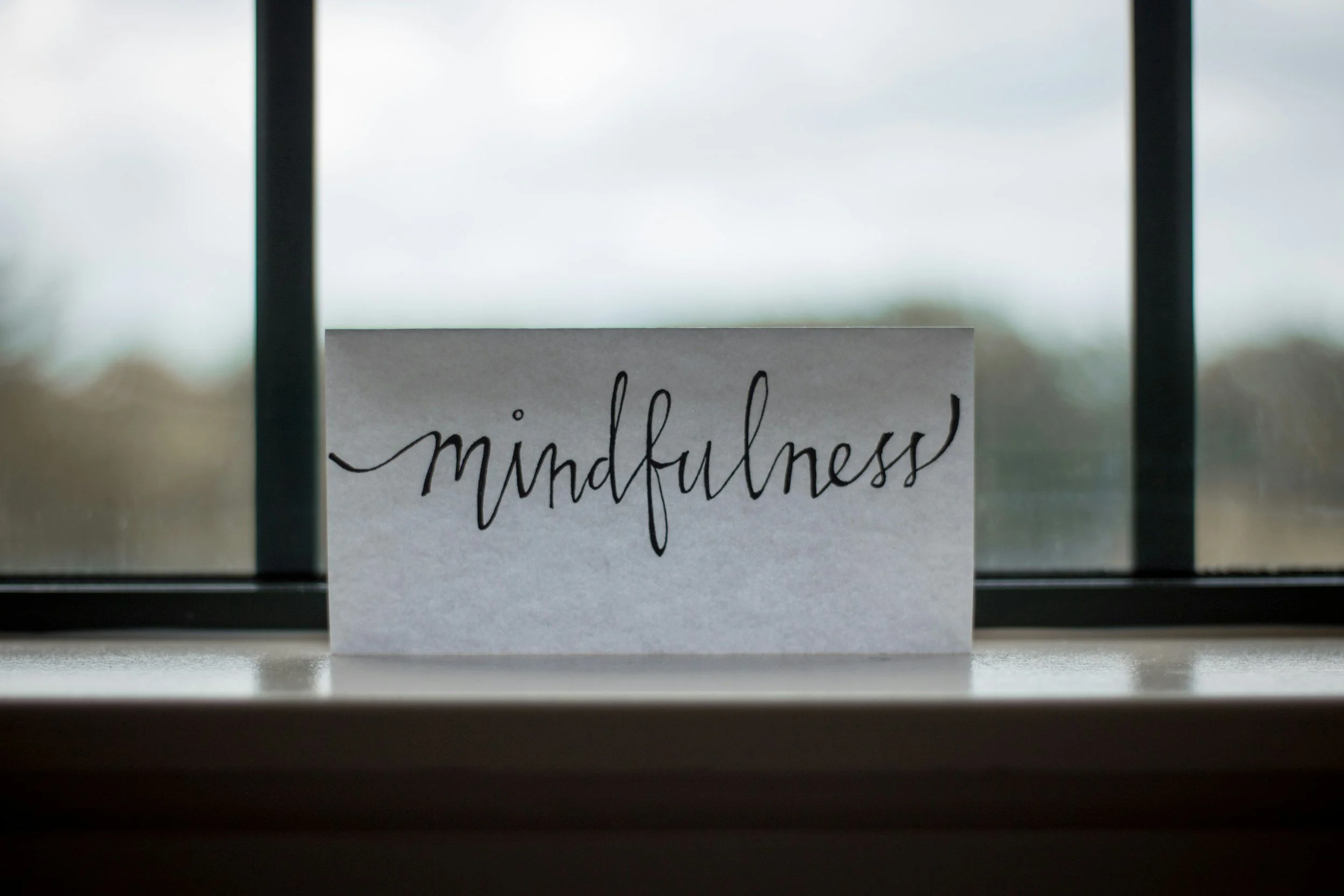Exercises To Calm Your Anxious Thoughts
Anxiety can often feel overwhelming, flooding your mind with racing thoughts and worries. However, there are various exercises you can practice to help calm your anxious mind and regain a sense of control. Here are some effective techniques to help you find tranquility amid the chaos.
1. Deep Breathing Exercises
Deep breathing is a powerful tool for reducing anxiety and promoting relaxation. Try the 4-7-8 technique:
Inhale deeply through your nose for a count of 4.
Hold your breath for a count of 7.
Exhale slowly through your mouth for a count of 8.
Repeat this cycle four to five times. Focusing on your breath can help center your thoughts and alleviate feelings of anxiety.
2. Grounding Techniques
Grounding exercises help bring your attention back to the present moment, which can be especially helpful when anxious thoughts take over. One effective method is the 5-4-3-2-1 technique:
5 things you can see: Look around and identify five objects.
4 things you can touch: Notice four things you can feel, like the ground beneath your feet or the texture of your clothing.
3 things you can hear: Listen for three sounds, whether it’s the chirping of birds or the hum of a fan.
2 things you can smell: Take a moment to notice two scents in your environment.
1 thing you can taste: Focus on the taste in your mouth or take a sip of water.
This exercise helps you anchor yourself in the present, reducing anxiety.
3. Progressive Muscle Relaxation
Progressive muscle relaxation involves tensing and then relaxing different muscle groups in your body. This can help release physical tension often associated with anxiety. Here’s how to do it:
Find a comfortable position, either sitting or lying down.
Starting with your toes, tense the muscles for a count of five, then relax them completely.
Move up to your calves, thighs, abdomen, arms, and finally your face, tensing and relaxing each group.
This practice not only helps relieve physical tension but also calms your mind.
4. Mindfulness Meditation
Mindfulness meditation encourages you to focus on the present moment without judgment. To practice, find a quiet space and:
Sit comfortably with your eyes closed.
Take a few deep breaths, then bring your attention to your breath.
If your mind starts to wander, gently guide your focus back to your breathing.
Aim to practice for 5-10 minutes daily.
Over time, mindfulness can help reduce anxiety and improve overall mental clarity.
5. Journaling
Writing down your thoughts can be a therapeutic way to process anxiety. Consider setting aside time each day to journal about your feelings, worries, and experiences. Here are a few prompts to get you started:
What am I feeling right now, and why?
What specific thoughts are causing my anxiety?
What can I do to address these thoughts or feelings?
Journaling can help you gain perspective and clarity, making it easier to manage anxious thoughts.
6. Physical Exercise
Engaging in physical activity is an effective way to reduce anxiety and improve your mood. Aim for at least 30 minutes of exercise most days of the week. Whether it’s going for a walk, dancing, or practicing yoga, movement helps release endorphins and decrease stress levels.
In Conclusion
Managing anxious thoughts requires practice and patience, but incorporating these exercises into your daily routine can lead to a calmer, more balanced state of mind. Experiment with different techniques to find what works best for you, and remember that it’s okay to seek professional support if you need additional help. By prioritizing your mental well-being, you can regain control and navigate life’s challenges with greater ease and confidence.
